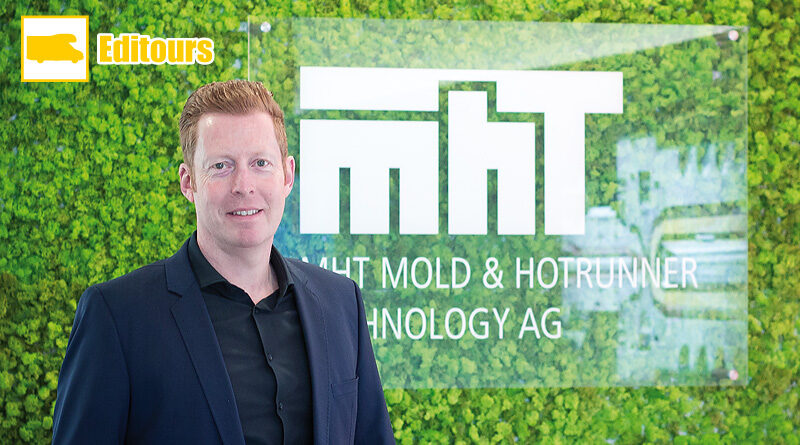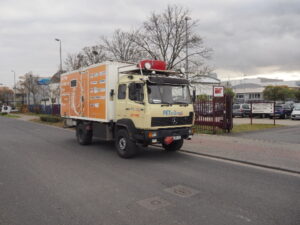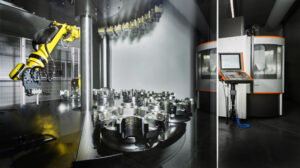MHT prepares for tethered caps and new threads
In the EU, tethered caps will be mandatory from 2024 and worldwide entirely thread geometries like 26/22 are expanding their market share. While the remainder of the preform can retain its original size, in many moulds the neck rings will need to be replaced with new geometries. As an independent mould producer, MHT has responded to the increased demand by building a fully automated production line for neck rings. PETplanet met with Christian Wagner, CEO at MHT.
PETplanet: Everybody is talking about the introduction of tethered caps and we also see new threads for CSD and water coming up. How does that affect a highly specialised mould makers like MHT?
Christian Wagner: At the moment there are different kinds of tethered caps entering the market but there is no standardised solution yet. As soon as the big players have figured out which caps they are heading for, there will be a huge demand for the reworking of existing moulds. The same is true for new threads which offer very interesting possibilities for saving material. If you look at a 26/22 for example with 2.4 grams compared to a PCO 1881 with 3.81 grams.
PETplanet: Why is tethered caps such an issue? It’s only the caps, isn’t it?
Christian Wagner: Many of our customers are still not aware that in most cases tethered caps will involve new neck geometries for the preform. There simply has to be some space for the tethering. As a reliable partner, we are trying to get ahead of the wave, talk about challenges and opportunities now – and prepare our production facilities for the rising demand.
PETplanet: What does that mean in detail?
Christian Wagner: We invested a lot in a fully automated manufacturing line for neck rings. This is the part that forms the contour of the thread and must be exchanged when preforms get a new geometry. The crucial thing is that we combined several operational phases and only need to clamp the neck rings once for everything that follows. The component can be machined from both sides and the machines used for high-speed milling, grinding, polishing and eroding are inter-connected by means of multi-axis robots. The neck rings pass through a cleansing unit that removes dust created before being measured at another station. The machine can run on its own for the weekend by means of an efficient magazine support system. The system has been designed in such a way that throughput can be increased by using additional machines.
PETplanet: You mentioned opportunities that might open up regarding the thread exchange.
Christian Wagner: Well, if you need to rework the mould anyway you can just as well look into lightweighting and material saving. That is why we are talking to our customers two years in advance about tethered caps. It often takes some time to check on patent situations and find the perfect solution for an application.
PETplanet: MHT builds moulds for almost all PET systems on the market. Do you also exchange neck rings on moulds of different makes?
Christian Wagner: Yes, that it is no problem at all. We measure the existing neck rings very precisely and manufacture the new ones accordingly – with the tethered cap geometry and maybe a lightweight thread, of course.
PETplanet: Thank you so much Mr Wagner.



